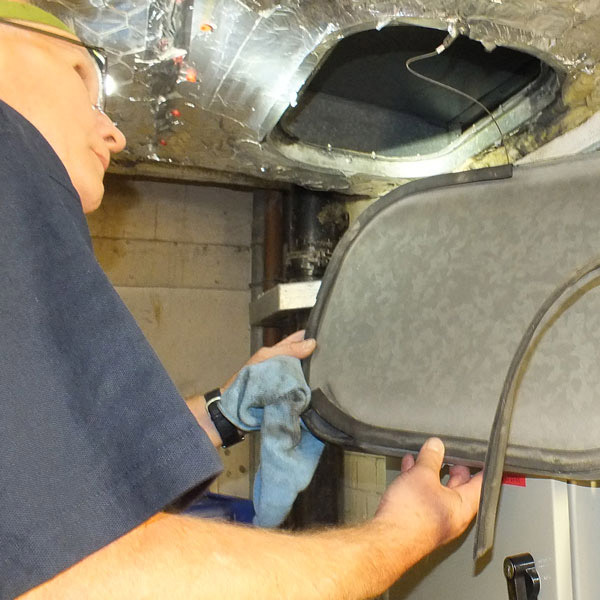Updated guidance from BESA has been published since this article was written. Learn about VH001 here.
This scenario is more common than you might think.
As you may be aware Building Engineering Services Association (BESA) Technical Bulletin TB/001 states that ‘All fire dampers are to be inspected and performance tested annually’. With the enactment of the Regulatory Reform (Fire Safety) Order 2005, it is now the employer’s responsibility to maintain their fire safety systems, so if you discover your fire dampers have never been tested, or you have no formal record of tests being carried out, here our simple three-step plan to achieve compliance:
Step 1: Identify your dampers.
The usual method is using schematics of the building. The original architect and/or builder will have produced plans showing all ventilation ductwork, access points and damper installations.
If schematics are unavailable, it is possible to survey a building to identify as many dampers as possible, however it cannot be guaranteed that all dampers are identified. The ventilation system in many buildings is hidden from view and if alterations have been made over the years entire sections of the ductwork may be completely inaccessible to a surveyor.
When you know how many dampers are in your ventilation system you can start to plan your testing program.
Step 2: Inspection & Testing

In order to test a fire damper, you need clear access to both sides of the damper. The person conducting the test will need to be able to reach the damper with both hands in order to effectively drop the damper and then reset it. Additionally, a visual inspection of the installation is required, so adequate lighting is essential to ensure the casing has been mounted correctly and there are no visible gaps around the damper.
Schematics are not always updated as buildings undergo renovations or alterations, so it’s important to note differences when carrying out your inspection.
We strongly recommend taking photographic evidence of every damper. Our operatives are trained to take pictures before a test, and again once the damper is reset. We also use an asset tagging method to ensure dampers are easily identified in the future and schematics are kept up to date.
Step 3: Record keeping
In the event of an incident records of your fire damper testing practices will be required. Speaking to our specialist team about reporting requirements, Gavin Richards said, “As a minimum, the location and test results from the drop test are critical. The level of detail we record in our reports is not always possible by a less experienced team. Knowing the type and specification of a damper and knowing what issues to note give the clearest record and an action plan for achieving compliance.”
To get help and advice from our specialist team, get in touch today. We can support you with:
